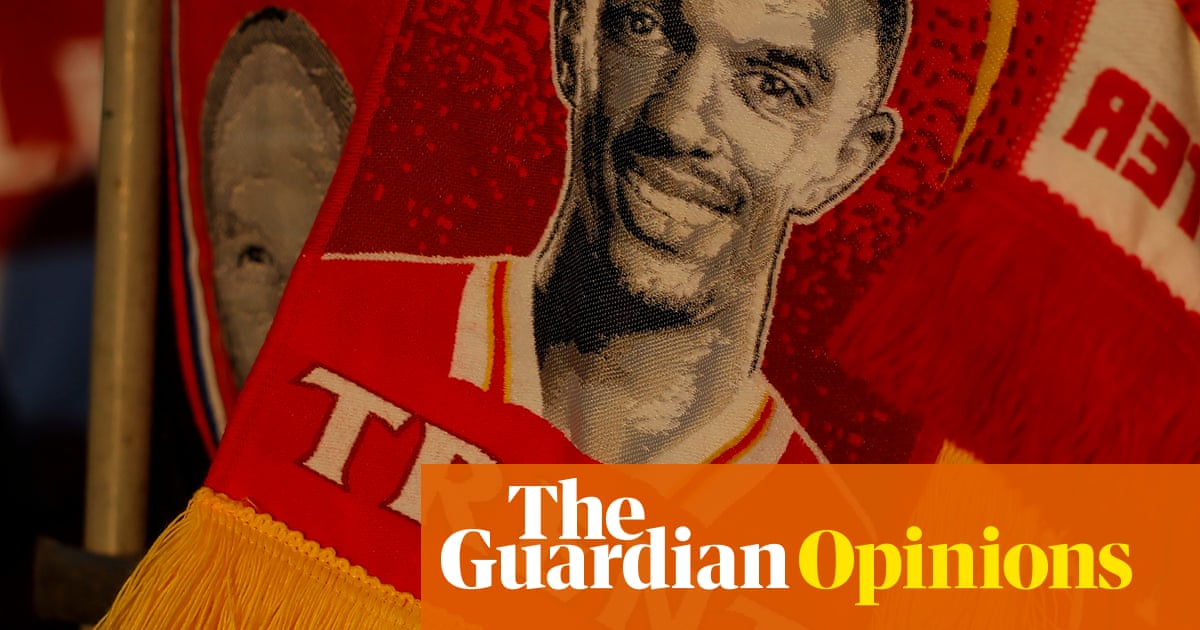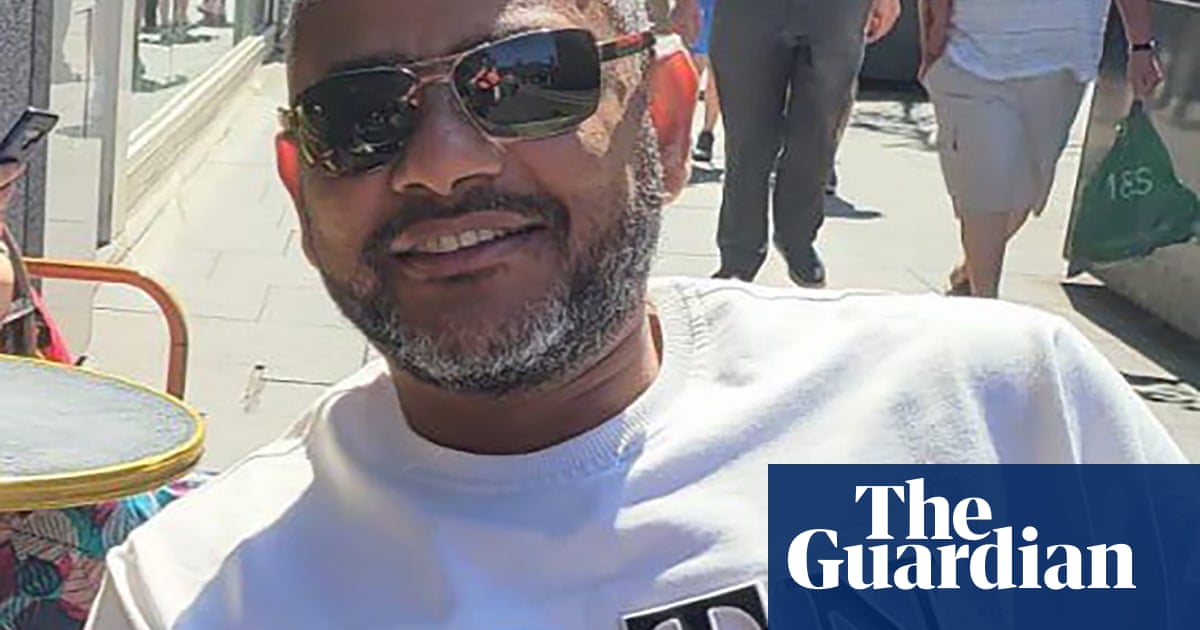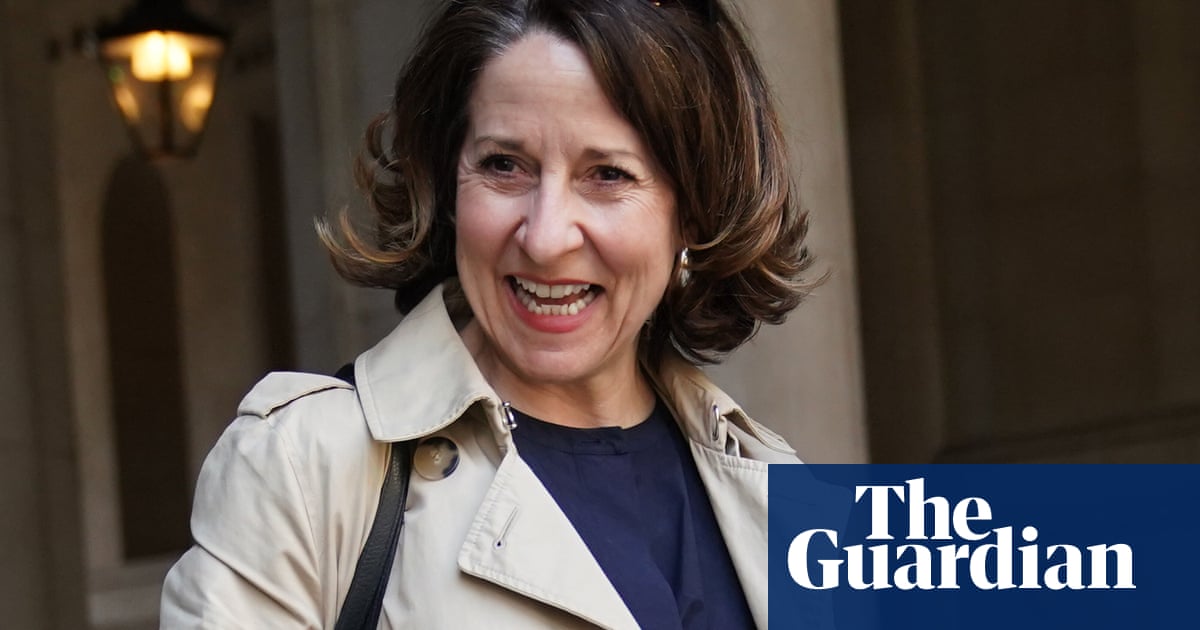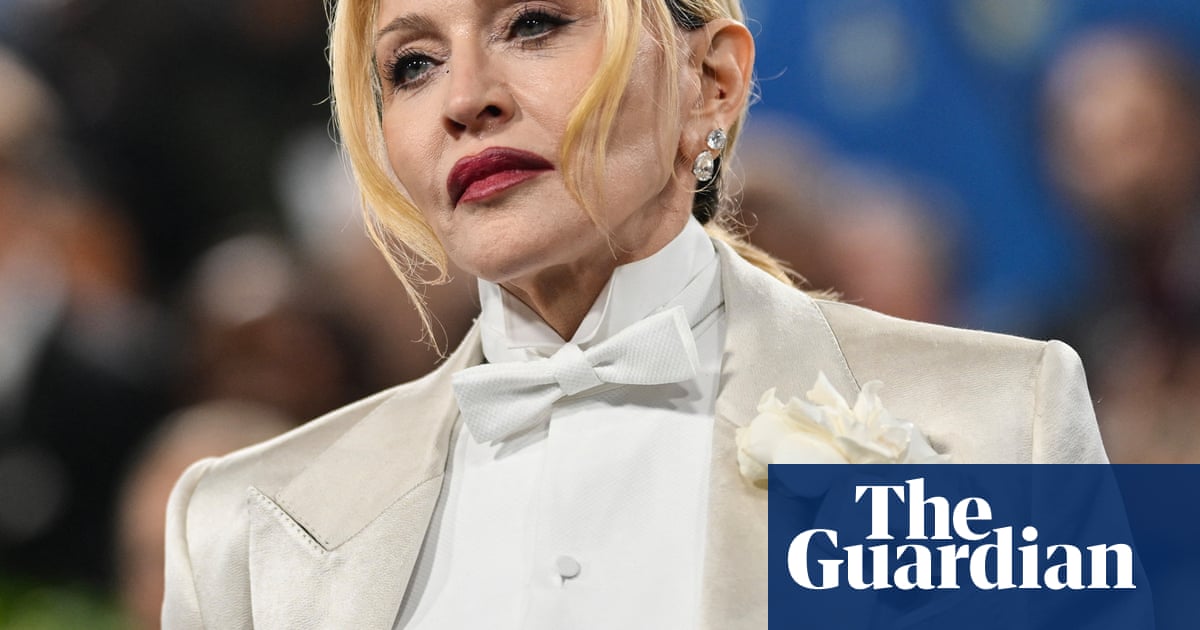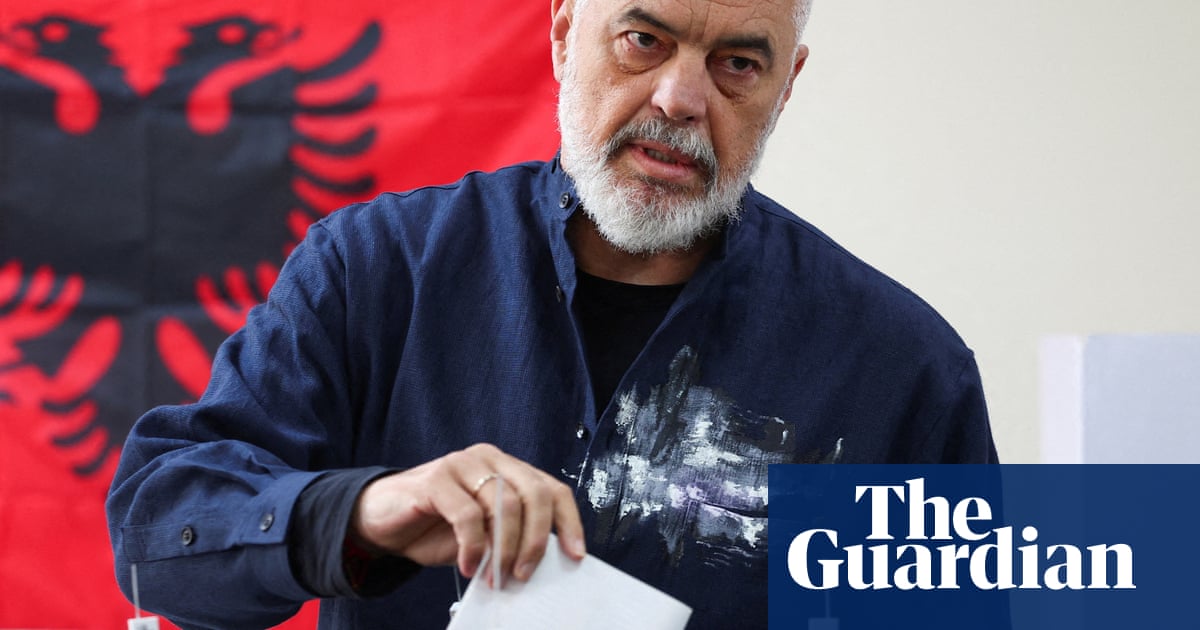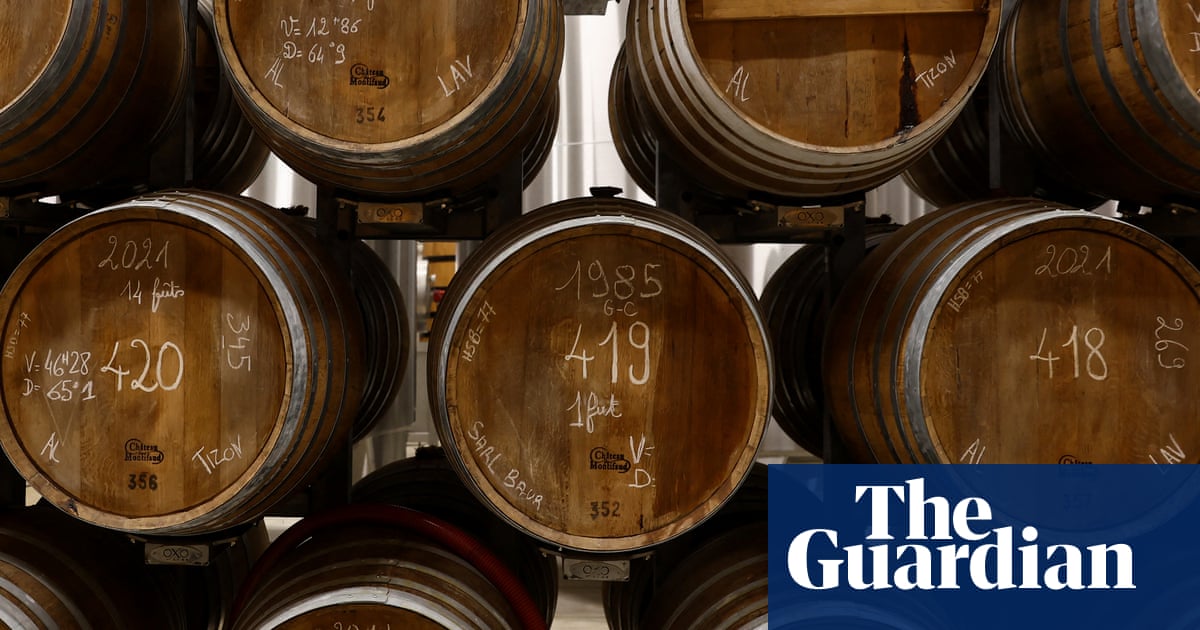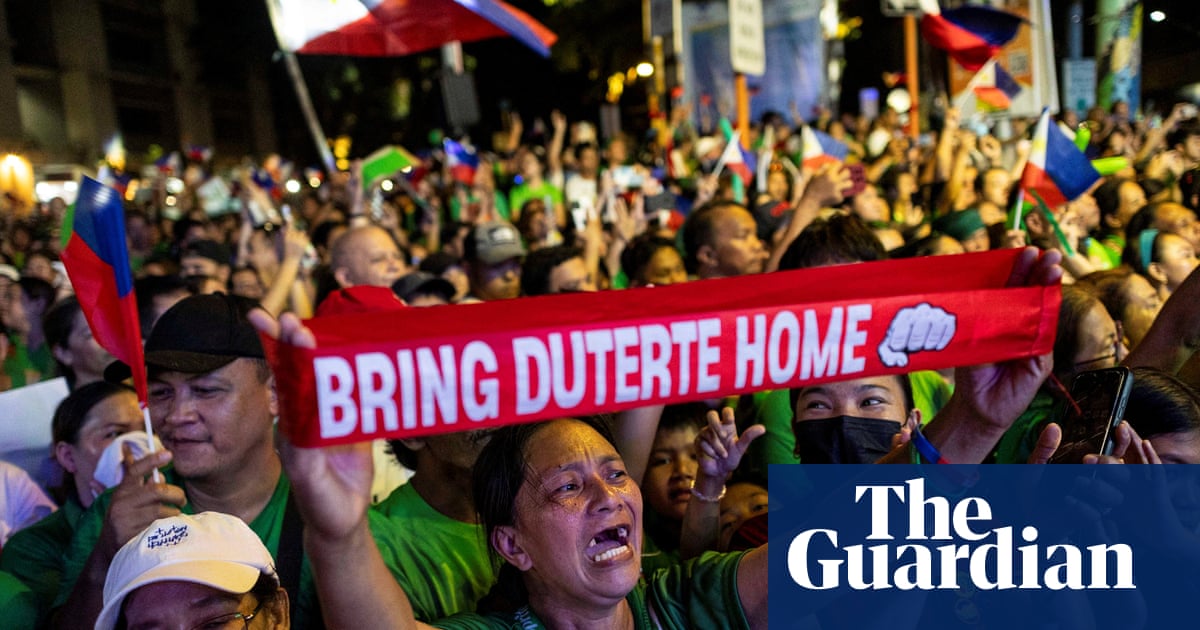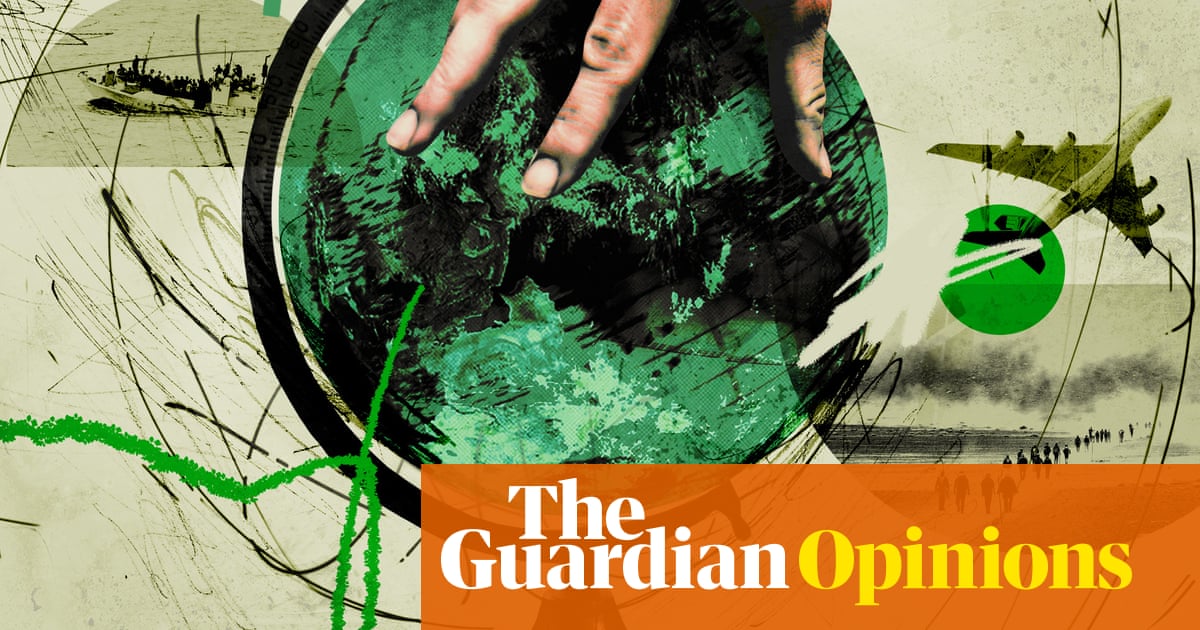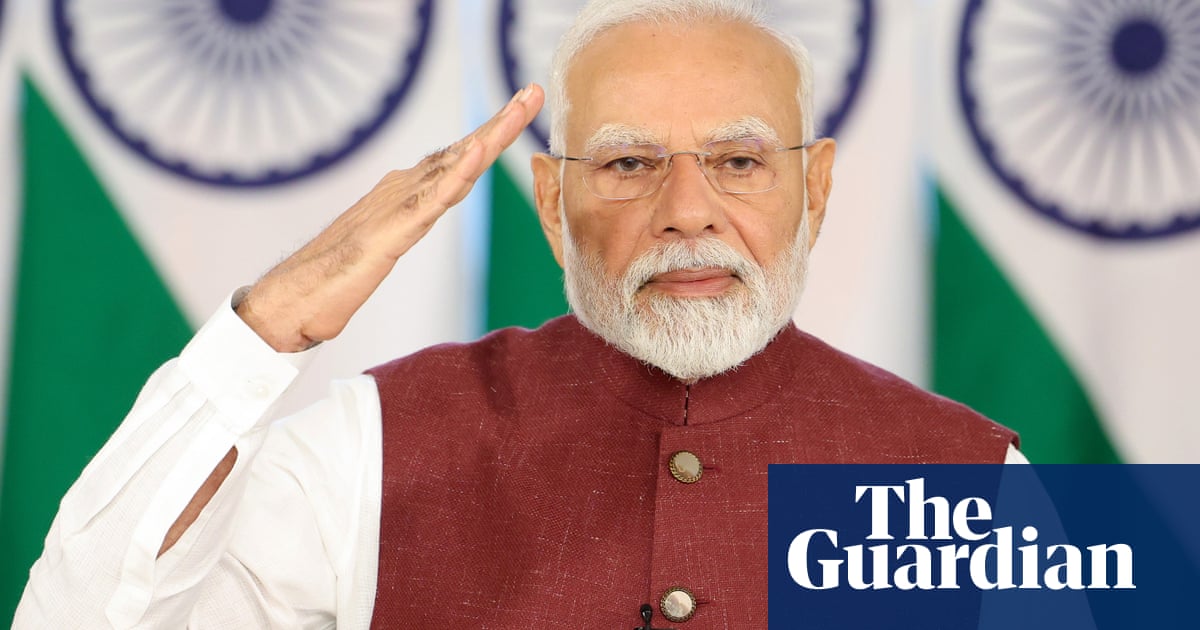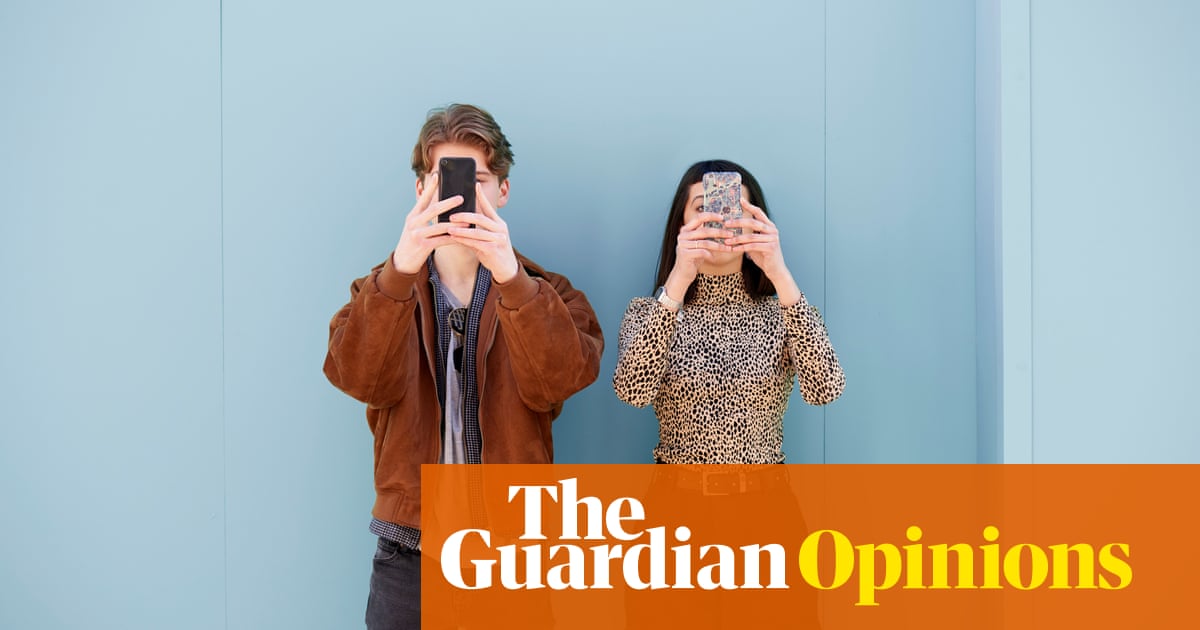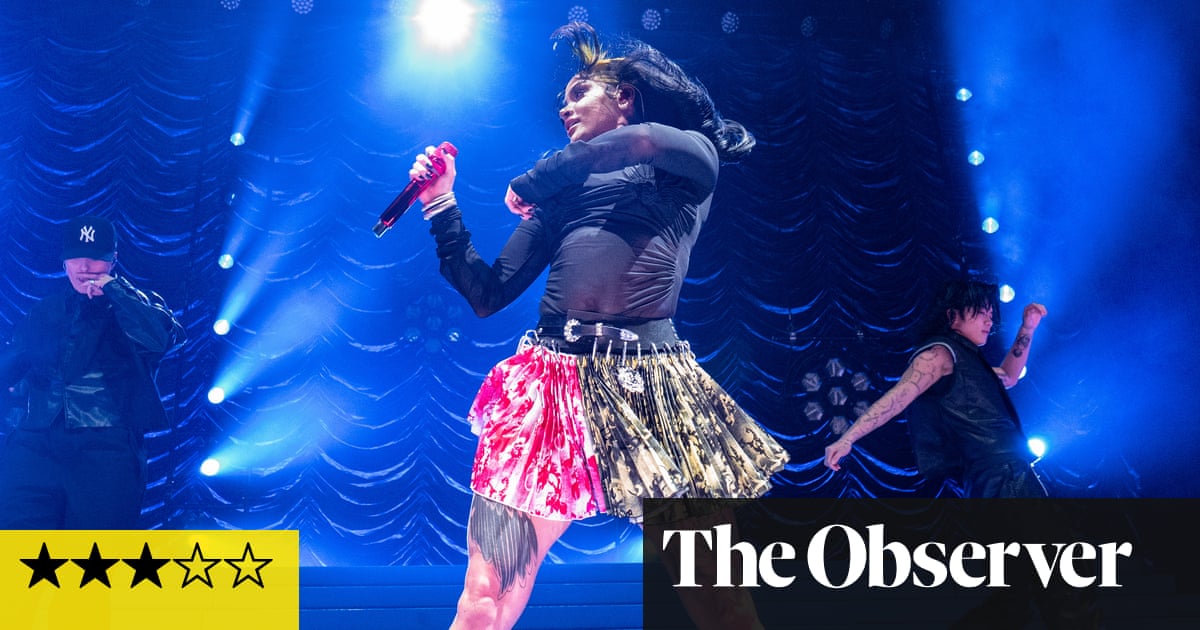I grew up in Ahvaz, a city in Iran that’s close to the border with Iraq, during the Iran-Iraq war of 1980-88. I have a memory of going to a wedding party as a child and hearing bombs and alarms – I didn’t fully understand what was happening, or why the bride looked nervous, but there was a paradoxical feeling of still wanting to spend our time in the happiness of that moment.
This photograph reconstructs that memory. It was shot at a location used for making movies about the war: a huge place in the desert where they have all the necessary props. Getting permission wasn’t easy but I wanted to tell my story there, sketching normal life events – weddings, birthdays, Iranian new year – into a war zone. The series, from 2008, is titled Today’s Life and War, and it reflects my interest in the relationship between war and everyday life. I often explore themes of displacement, survival and human resilience in my work. Creating this series helped me process the emotions and memories of growing up in wartime. Many people who lived through it told me they connected to these images because they show struggle and survival.
While my generation grew up with nonstop images of the war in magazines, newspapers and television, at the same time life continued. The couple appear numb, expressionless – as if they cannot imagine what their future will look like.
Traditional Iranian art makes use of the imagination. Iranian artists believe God already made what exists, so we don’t need to make it again. My photography is a response to that tradition. I want to make something, not take something. But my compositions and references draw on archive documentary photography of the conflict – the images I grew up with – which I return to for inspiration.
I mix my story with real life and the poetry that is everywhere in my country. When you go to the bazaar and ask for tea, they don’t say whether they have it or they don’t, but they might instead answer by reciting a Persian poem by Saadi or Hafez. We all have this connection with the poetic and I wanted to bring it into my photography.
My most recent work is about the cypress tree: collage works with Polaroids, manipulated with silver and gold leaf, connecting the tree’s symbolism in Iran with the stories of the poet Ferdowsi’s 10th-century epic, Shahnameh. The cypress tree is strong; it stands even when it is dead and symbolises freedom and eternity. It encourages us to remain grounded, by drawing upon our heritage as a source of resilience.
When I was a student, the artist and film-maker Mitra Tabrizian gave a talk at the Museum of Contemporary Art in Tehran. She inspired me to tell my story through photography, and to address social issues in my work. When I had a solo exhibition in the Photographers’ Gallery in London two years ago, she came to see it.
I chose photography because images can tell powerful stories without words. I hope my photographs make people think, feel and remember important moments in history. The best feedback is when people enjoy my photographs enough to write to me. In my work, I try to show how people continue to live, love and hope even in difficult times.
Gohar Dashti’s CV

Born: Ahvaz, Iran, 1980.
Trained: Photography at the University of Art, Tehran.
Influences: “The nature and landscapes of Iran and the US have deeply inspired my work. Artists such as Ana Mendieta have shaped my approach to storytelling and visual narratives, blending personal identity with universal themes.”
High point: “Receiving the Daad prize in Berlin was a significant milestone. Additionally, being mentored by Ursula Neugebauer provided invaluable guidance and inspiration.”
Low point: “At the beginning of my career, coming from a small city made connecting with the art world challenging, but it taught me resilience and perseverance.”
Top tip: “Stay true to your story and your roots. Photography is more than technical skill – it’s about conveying something deeply personal and universal at the same time. Embrace your unique perspective and trust that it will resonate with the right audience. And most importantly, be persistent: your vision matters.”

.png) 3 months ago
31
3 months ago
31
